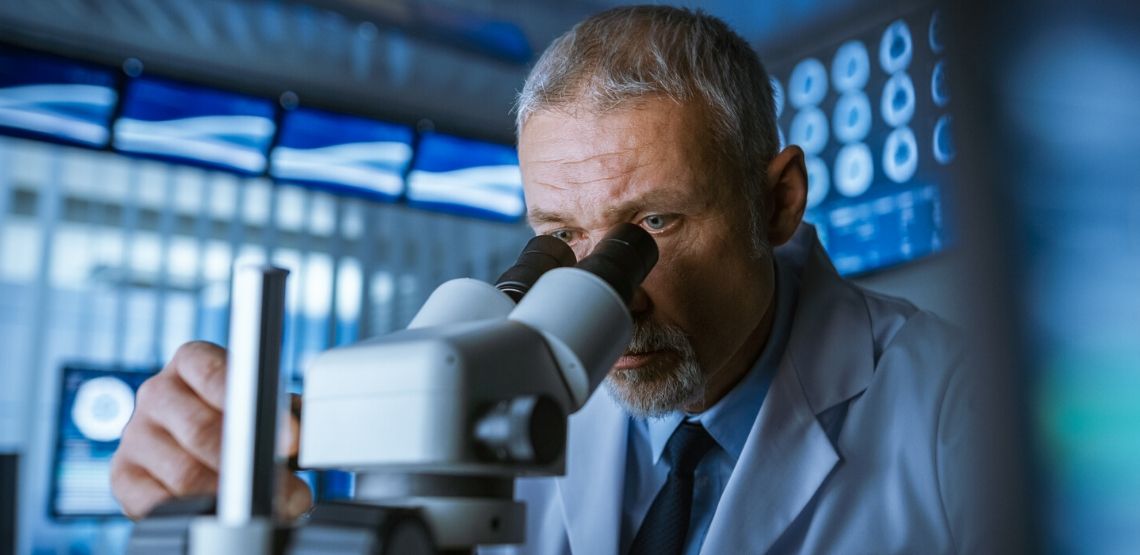What is EDS?
Ehlers-Danlos Syndrome, or EDS, is a group of disorders that affect the connective tissue. These disorders typically affect the skin, the blood vessels, the heart and other organs.
EDS has thirteen sub-types, though most of the sub-types are rare. The sub-types are:
- classic
- classic-like
- cardiac-valvular
- vascular
- hypermobile
- arthrochalasia
- dermatosparaxis
- kyphoscoliotic
- brittle cornea
- spondylodysplastic
- musculocontractural
- myopathic
- periodontal
Most people with EDS experience hypermobility, or an unusually large range of movement of the joints. This is the hallmark symptom of the hypermobile type. Many people also experience hypotonia, or weak muscle tone.
EDS is thought to affect 1 in 5,000 people worldwide, with hypermobile and classic types being the most common. The other types are rare; for example, according to Healthline, dermatosparaxis affects only 12 children worldwide.
Symptoms
The symptoms can vary based on the sub-type. However, the classic symptoms include:
- Hypermobility
- Hypotonia
- Fragile skin: those with fragile skin due to EDS may have wounds that don’t heal well — for example, stitches may tear out of the skin.
- Stretchy skin: because the connective tissue is affected, skin tends to stretch. The skin can pull out more than usual but will bounce back into place. Skin may also feel soft and velvety.
Those who suffer from EDS, vascular type (a more common type that affects the blood vessels), may experience:
- Facial features such as a thin nose, thin upper lip, prominent eyes and small earlobes.
- Skin that bruises easily.
- If fair-skinned, blood vessels may be visible underneath.
Causes of EDS
EDS is caused by a genetic mutation, and each sub-type is caused by a different gene mutation. Because EDS is caused by a genetic mutation, often they are inherited from parent-to-child. Having the most common type of EDS means that the parent has a 50% chance that they will pass it on to their child.
The most common genes that cause EDS are:
- ADAMTS2
- COL1A1
- COL1A2
- COL3A1
- COL5A1
- COL6A2
- PLOD1
- TNXB
Related Search Topics (Ads)
Diagnosis
There are various tools that a physician uses in order to diagnose EDS. Often, these tools are used to rule out other conditions.
An electrocardiogram may be ordered to detect abnormalities in the function of the heart.
A skin biopsy may assess for abnormalities of collagen production.
Genetic testing allows for the assessment of genetic mutations.
DNA testing can be performed in an embryo. This is typically done when a woman has had in-vitro fertilization.
A diagnosis may also be made based on subjective information, as well as observation of loose joints and stretchy, loose skin.
Treatment
There is no cure for EDS, nor is there a one-size-fits-all approach for the treatment of it. However, a treatment plan that minimizes symptoms and improves function can prevent further complications from occurring.
Medications may be prescribed. There is no specific medication that is FDA-approved to treat EDS; rather, treatment is aimed at reducing symptoms as well as other conditions that occur as a result of it. These medications include:
- Pain medications: it is common to have pain as a result of loose joints. Over-the-counter pain medications are typically recommended, with prescription pain medication being reserved for acute injuries.
- Antihypertensive medications: even when blood pressure is normal, EDS can cause weakened vessels. Reducing the pressure on the vessels (by reducing blood pressure) can minimize the stress that they are undergoing daily.
Physical therapy is a mainstay of EDS treatment because it helps to strengthen the muscles and joints. Those with this condition are more likely to have dislocated joints due to their weakened connective tissue.
Surgery may be required in order to repair joints that have been damaged due to repeated dislocations. This is not a treatment for EDS specifically, but rather, for the damage to the joints. Unfortunately, healing may be hindered because those with EDS have reduced healing capabilities, because of issues with their skin.
Those who have the vascular sub-type may require surgical repair of their heart vessels.
Avoiding injuries is also important. Contact sports and weightlifting can place unnecessary pressure on the joints. Tai chi, walking, swimming, elliptical or biking are all low-impact exercises that minimize stress on the joints.


